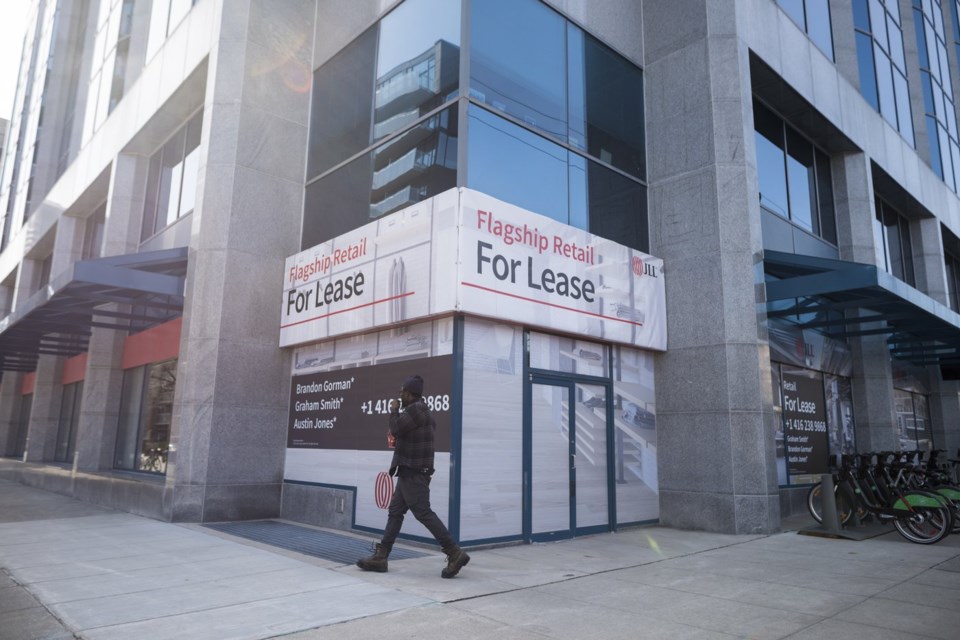TORONTO — An analysis of 12 of the largest Canadian commercial real estate markets shows developers have shifted their focus toward purpose-built rental construction, some at the expense of new residential condominiums and commercial buildings.
Re/Max Canada's 2024 Commercial Real Estate Report, which examined the dozen markets during the first quarter of this year, said multi-family and industrial real estate were the top-performing asset classes in all cities.
It said the federal government’s decision to cancel the GST on new residential builds has spurred the construction of purpose-built rentals, which were the primary focus in every major urban centre analyzed, followed by student housing and seniors’ residences.
Landlords of malls and strip plazas have also been increasingly exploring a residential component amid a push for more density, signalling a "clear trend toward future mixed-use developments."
But due to Canada's growing population, which now tops 40 million people, the efforts to boost residential construction are still not enough, said Re/Max Canada president Christopher Alexander.
"Even the current upswing in residential construction continues to fall short of the thousands of units required in most major markets," he said in a press release.
Among other findings included in the report, it said neighbourhood retail is performing well, despite the popularity of e-commerce, thanks to a shift toward service-focused stores from those selling goods such as clothing.
It also highlighted trends such as a hospitality industry that "has roared back to life" in many regions, and strong demand for industrial real estate across Canada.
But the office sector in downtown cores continue to struggle, with rising vacancy rates in almost all markets across the country.
Conversions of office space have been repurposing that real estate for other needs, including much-needed housing, helping to remove some excess space from the market. But the report cautioned this is not a fix-all solution.
"Conversions are complex and most buildings are not suited to the process," it said.
"Business Improvement Areas and municipal plans to revitalize downtown areas and attract foot traffic will play a role in reviving core areas. Residential development is certainly helping and improving demand for retail/services as a result."
Alexander said a variety of factors will drive future trends affecting the Canadian commercial real estate market, including economic performance, interest rates, incentives and development policies, tax policies and more.
"Diverse market dynamics exist, but overall improvement is expected to characterize conditions and demand as 2024 progresses," he said.
This report by The Canadian Press was first published June 6, 2024.
The Canadian Press



